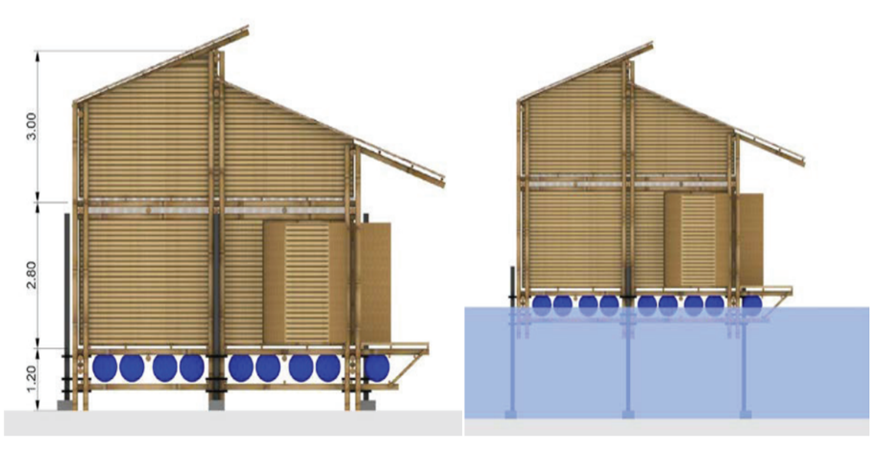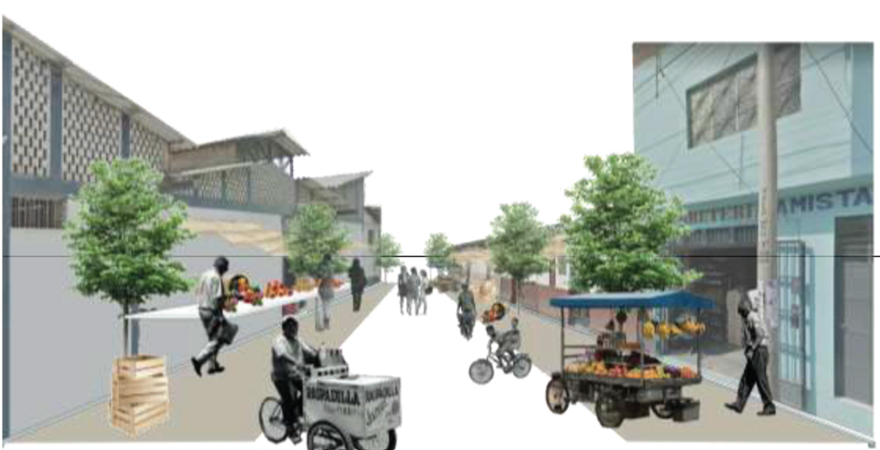- +91-11-4044-5999
- info@cdri.world
-
Copernicus Marg, New Delhi, INDIA
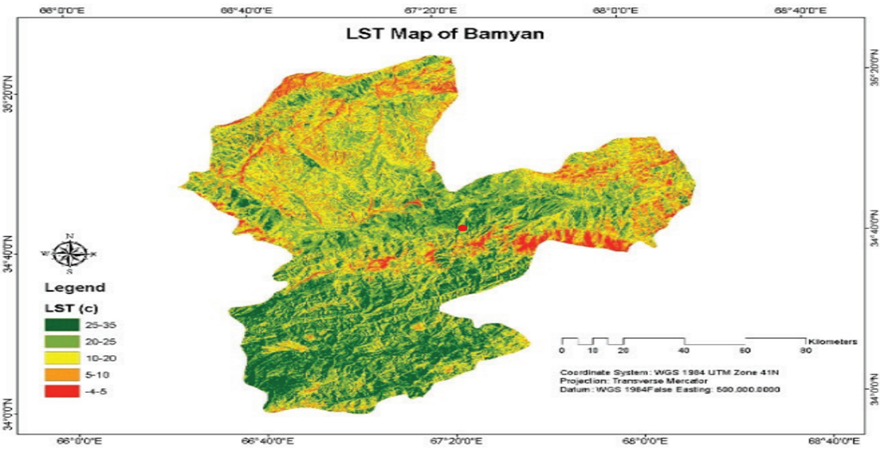
GIS-based landslide susceptibility mapping by AHP method: a case study, Bamyan, Afghanistan
Mr Mohammad Jawed Nabizada, Mr Ali Nikzad
Lecturer, Bamyan University, Afghanistan
Abstract: Landslides are one of the critical phenomena that frequently lead to the loss of human life and property and cause severe damage to natural resources and infrastructure. Bamyan province is a landslide-prone zone because of its rush topography, climate conditions, seismic potential and geology. Every year, landslides in Bamyan result in significant economic and social losses (deaths, injuries and property destruction). This article presents a landslide susceptibility analysis in Bamyan, Afghanistan, using the AHP (Analytic Hierarchy Process) method. To provide landslide susceptibility, the determination of the effective factors in landslide occurrence is very important. For this purpose, the most critical factors affecting the occurrence of landslides in this province were identified through ground observations and comparison of previous research. Thereafter, 12 factors that affect landslide occurrence were selected, including lithology, distance to drainage, slope, distance to fault, rainfall, land cover, distance to the village, drainage density, elevation, aspect, distance to road and land surface temperature. According to the relation between the above factors and landslide distribution, the weight value and rating value of each factor were calculated using AHP. Finally, the susceptibility maps of the study area were provided using Arc GIS software through the weighted overlay method. The final map shows that very high-risk, high-risk, moderate risk and low-risk zones cover 2.88%, 58.34%, 29.52% and 9.26% of the Bamyan areas. On the other hand, lithology, drainage and slope are recognized as the most effective factors in the occurrence of landslides.
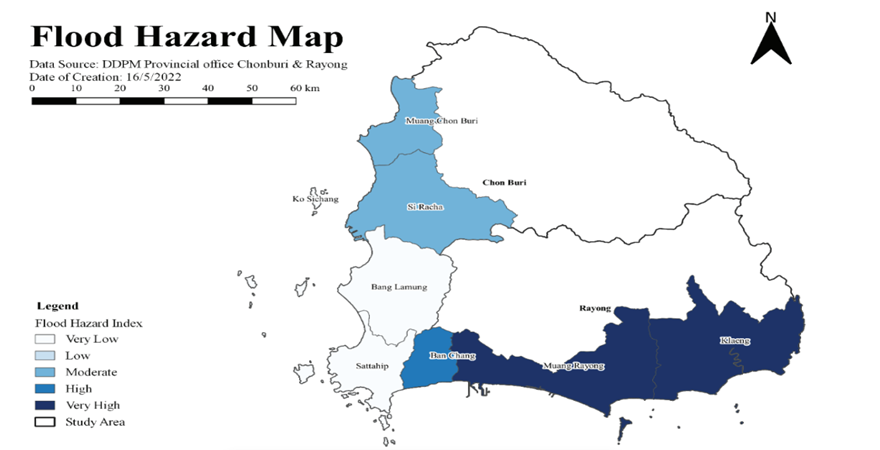

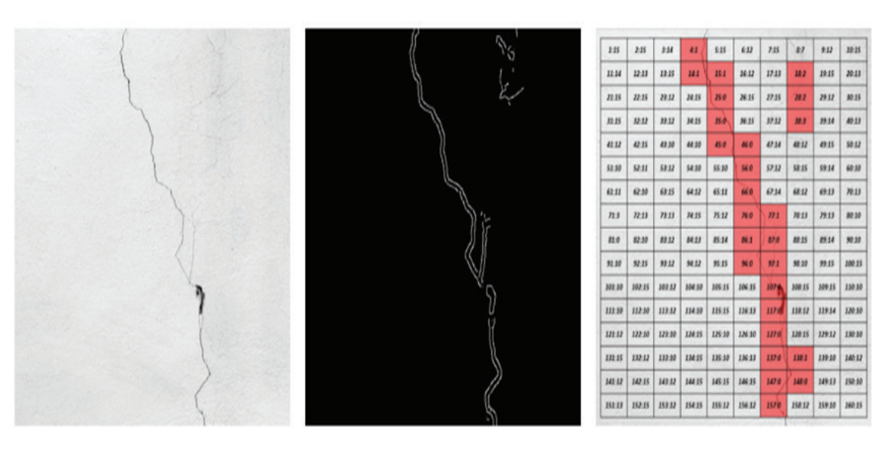
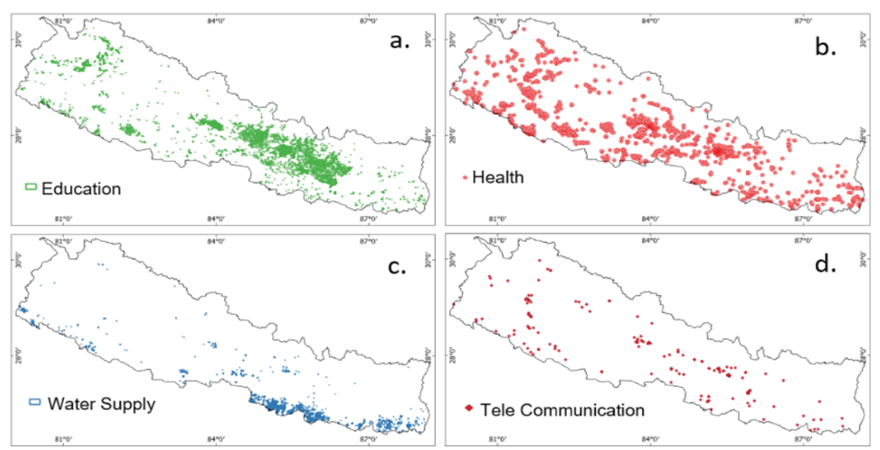
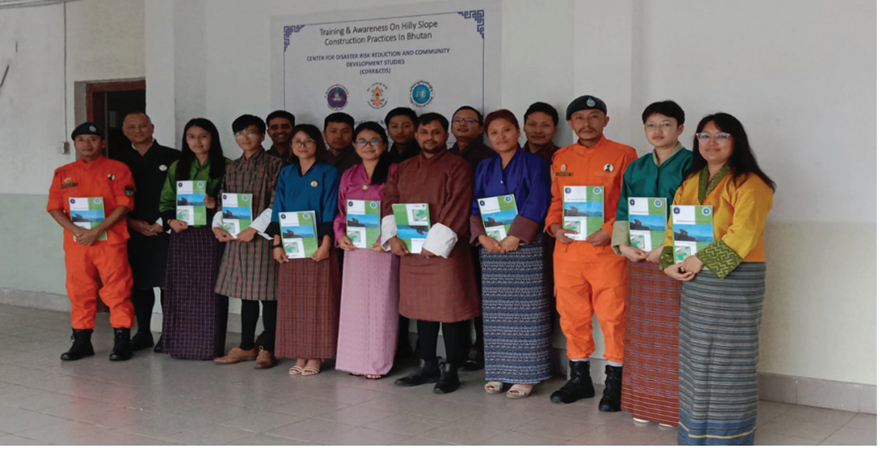
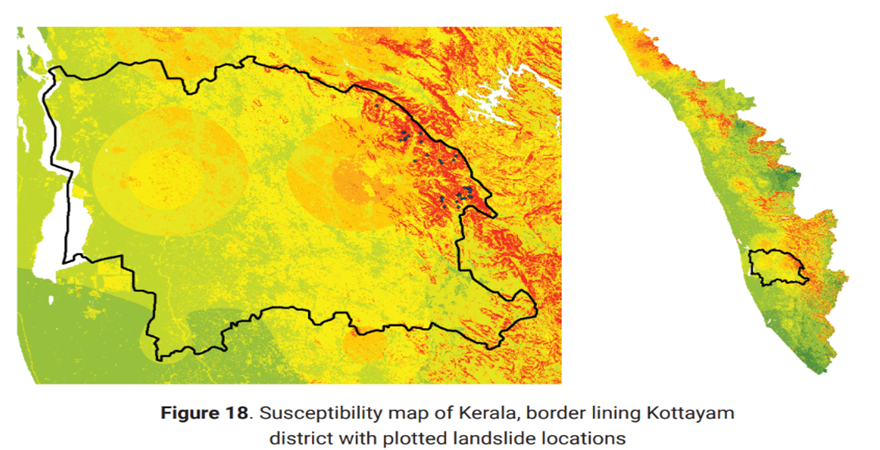
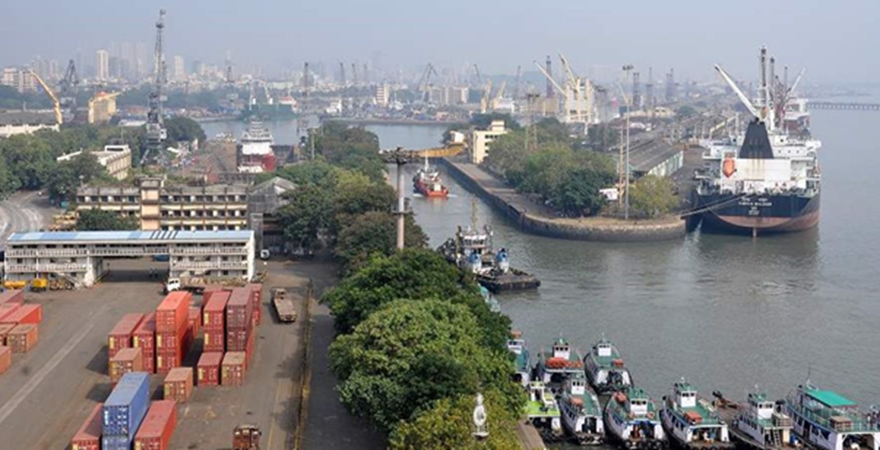
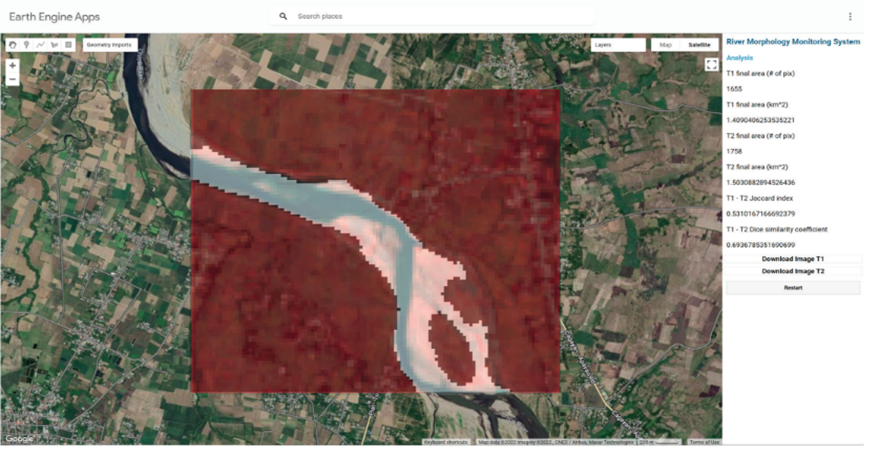
.png)
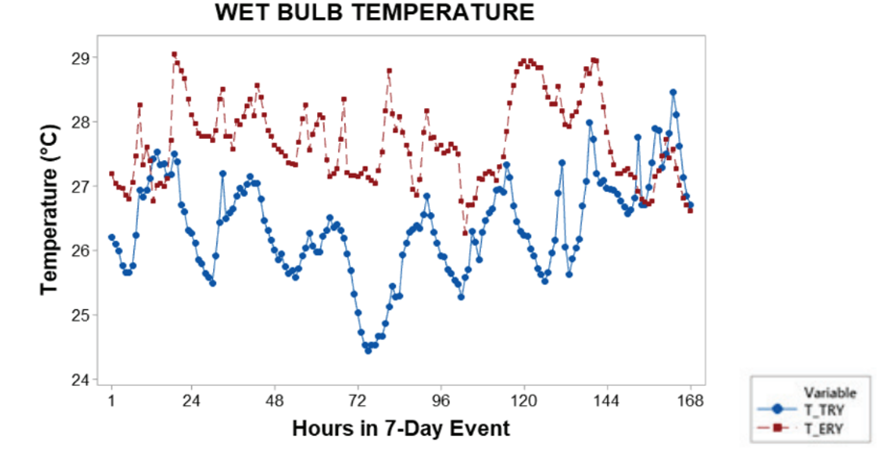
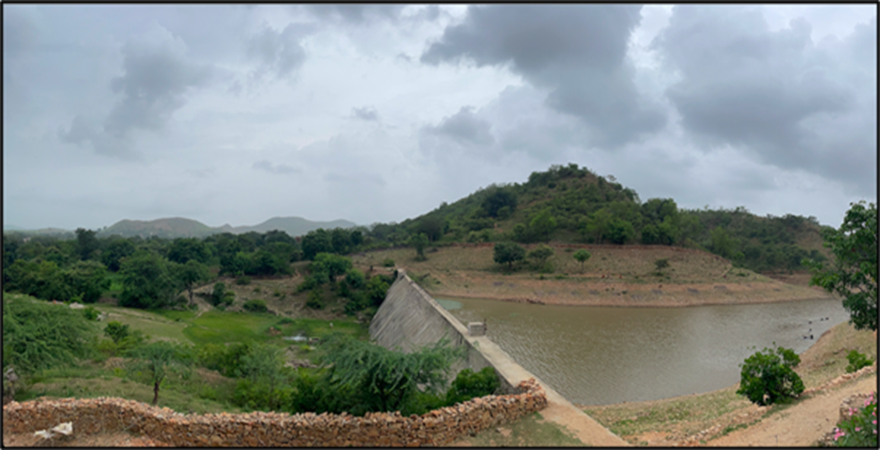
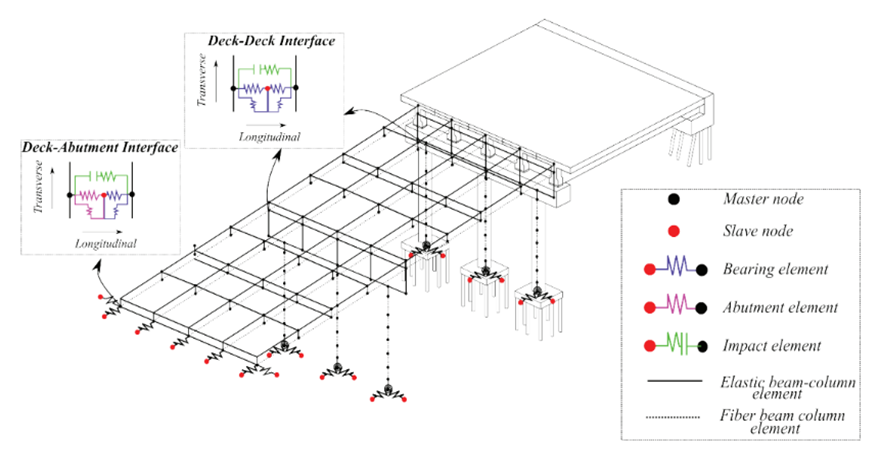
.png)
, nepal.png)

